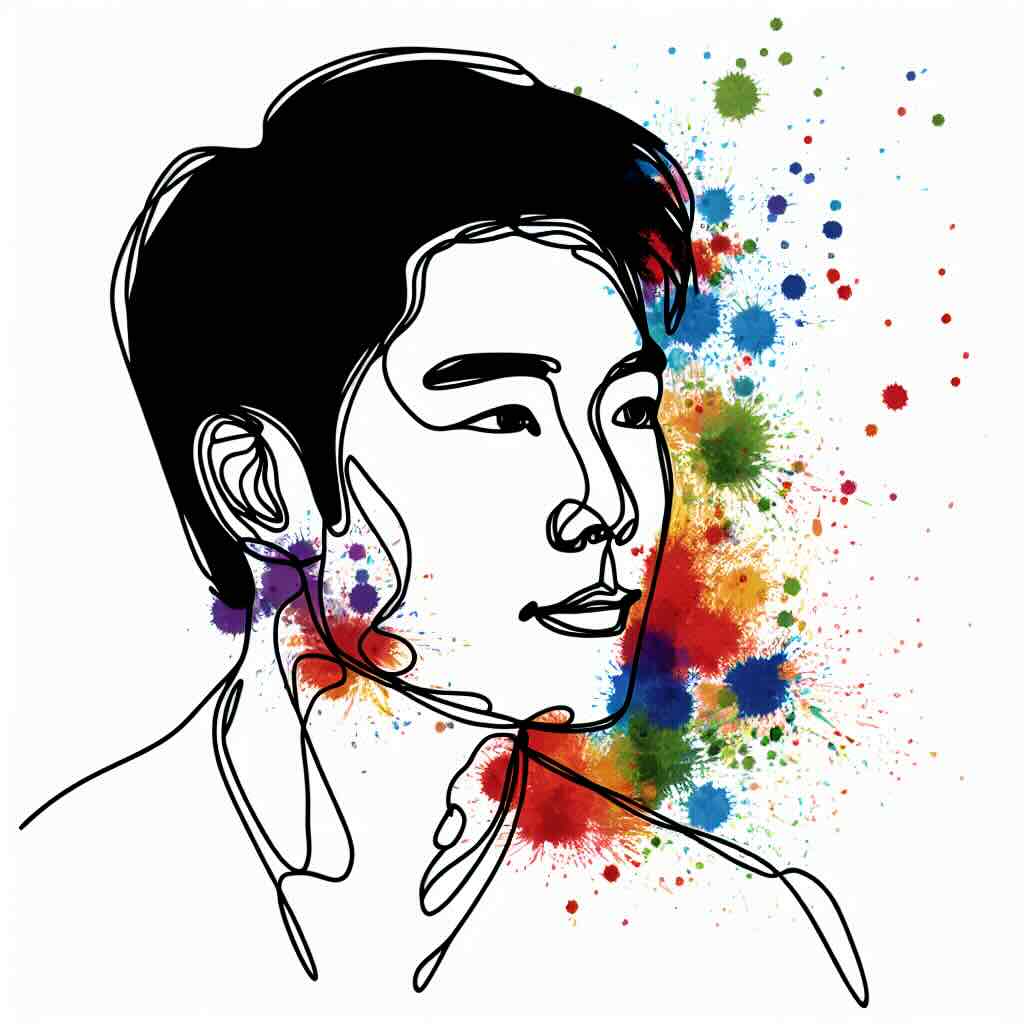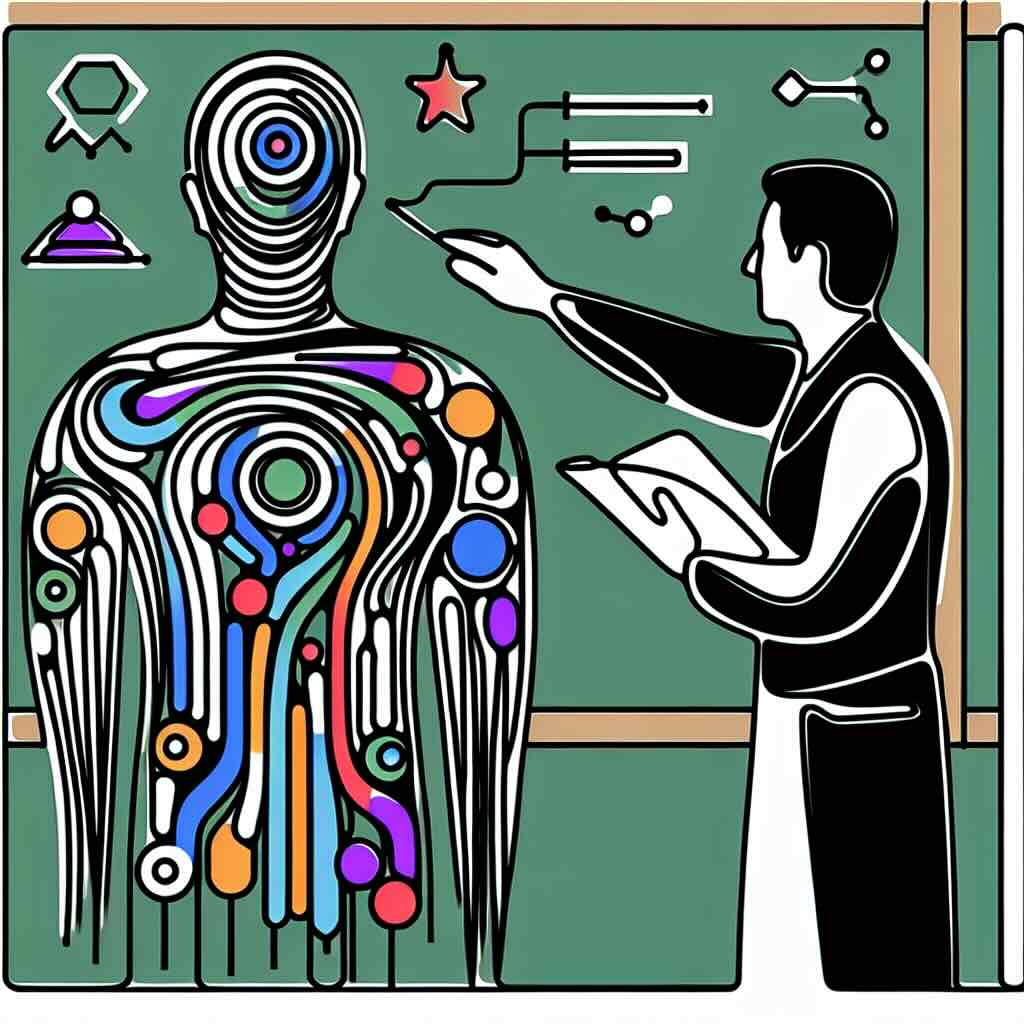Creating an effective educational experience isn't just about delivering information; it involves a meticulous process of instructional design. This guide takes you through each step, from conceptualisation to course deployment, ensuring you can craft courses that engage and educate.
Table of Contents
1. Analysing the Concept
2. Creating the Course Design
3. Developing Learning Materials
4. Implementing and Testing
5. Evaluating and Refining
6. Benefits
7. Risks.
8. One thing you can try today
9. Conclusion
10. Try it yourself
11. Related topics
Analysing the Concept
Effective instructional design begins with analysis to get a clear understanding of the course concept. Ask yourself:
- What are the learning objectives?
- Who is the audience?
- What are their prior knowledge and skill levels?
- What are the organisational goals or aims?
At this stage, you'll want to perform a needs analysis to identify any gaps in knowledge and skills. This helps in outlining the course goals and aligning them with learners' needs. Defining these parameters early ensures that the course has a focused direction, making it easier to design targeted learning outcomes that provide real value.
Create the Course Design
Once you've established the foundation, the next step is designing the course. This involves organising the content into smaller chunks (such as modules or units). Start by drafting an outline that identifies the main topics and subtopics. Develop a structure that sequences the content logically and aligns with the learning objectives. Make sure to incorporate diverse instructional methods like case studies, simulations, and group activities to cater towards the learning objectives and retention. The design stage provides a great opportunity to engage learners for their feedback. Your design will set the stage for the course and ensuring that learners will be supported.
Developing Learning Materials
With the design in place, you can begin developing the learning materials. This includes creating or curating videos, reading materials, quizzes, and interactive elements. Focus on clarity and engagement; your materials should be visually appealing and easy to understand. Utilise appropriate media formats to keep the learners engaged, and ensure content is accessible on different devices. Additionally, the materials should encourage active participation, promoting better retention. Keep in mind that consistent and timely feedback is vital to the learning process, so plan how different forms of assessment will be integrated throughout the course.
Implementing and Testing
The implementation phase is where theory meets practice. Start by deploying a pilot version of the course to a small group of learners. Collect feedback from participants to identify any issues or areas for improvement. This testing phase is also an opportunity to fine-tune the technological aspects, ensuring everything works smoothly across different platforms. Pay attention to user experience, as technical glitches can hamper learning. Implementing changes based on this feedback ensures that the final version of the course delivers a seamless, effective learning experience.
Evaluating and Refining
Evaluation is an ongoing process that extends beyond the course completion. Collect data through assessments, surveys, and feedback forms to measure the course’s effectiveness and learners' satisfaction. Analyse this data to identify trends and areas for improvement. Regularly update and refine the course content to keep it relevant and effective. Engaging in this cyclical process of evaluation and refinement ensures that your course remains current, practical, and impactful, fulfilling both learners' and organisational needs.
Benefits
Proper instructional design leads to more engaging and effective learning experiences. Courses that are well-designed can significantly improve learner retention and application of knowledge. They also make it easier to measure learning outcomes and provide actionable insights for further improvement.
Risks
Poorly designed courses can result in wasted resources, disengaged learners, and unmet educational goals. They may also lead to frustration and dropout, tarnishing the reputation of the institution or organization offering the course. Taking shortcuts in the design process often leads to long-term inefficiencies and increased costs.
One thing you can try today
Quick Exercise: Draft a needs analysis for a course you are planning. Identify and list the learners' current knowledge levels, the gaps you aim to fill, and specific learning objectives. This foundational step will guide the rest of your instructional design process.
Conclusion
From concept to course, each step in the instructional design process is crucial for creating learning experiences that engage and educate effectively. By following this step-by-step guide, you can ensure every element of your course design contributes to meaningful learning outcomes and organisational goals.
Try it yourself
1. Conduct a needs analysis for your next course.
2. Draft a high-level course design based on identified learning objectives.
3. Develop one hour of learning, integrate stakeholder feedback, then refine.
Related topics
- Effective eLearning Strategies
- Assessment Techniques in Instructional Design
- Integrating Technology in Educational Design
- Instructional Design Models and Theories







